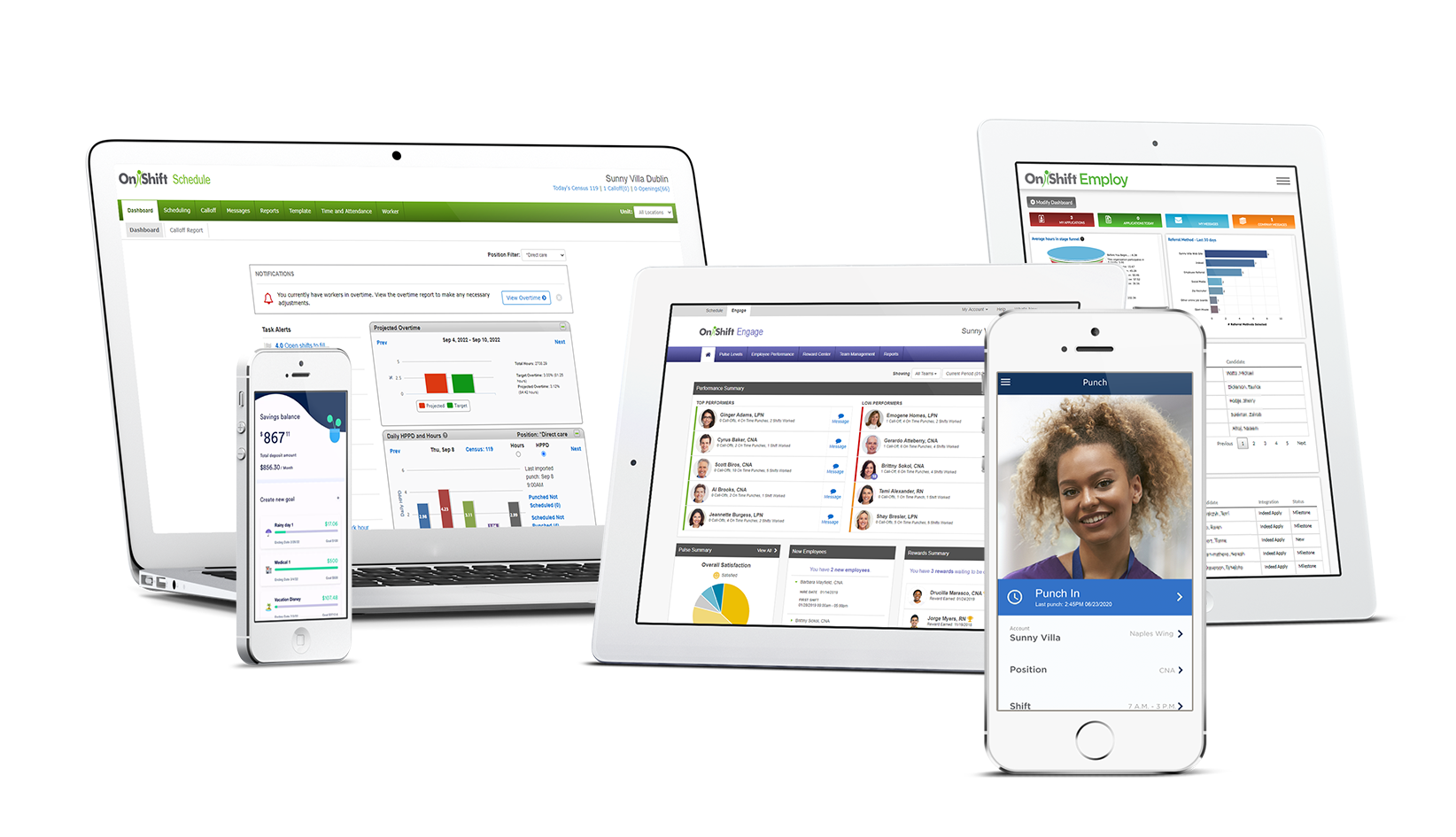August 23, 2018 | Cari Rosenberger
August 23, 2018 | Cari Rosenberger
 Labor is generally one of the top expenses for any residential IDD provider. And for many, rising overtime can drive these costs even higher. While you may never be able to fully eliminate overtime, there are steps you can take to decrease it. Here are three of the top drivers of overtime and what providers can do to reduce them:
Labor is generally one of the top expenses for any residential IDD provider. And for many, rising overtime can drive these costs even higher. While you may never be able to fully eliminate overtime, there are steps you can take to decrease it. Here are three of the top drivers of overtime and what providers can do to reduce them:
The Driver: Call-Offs & No Shows
Last minute call-offs and no shows are two of the most common culprits of overtime. Many home managers still rely on manually calling down a list of employees until they find an eligible replacement. And once they do, they’re often in such a need to fill the shift, there’s little, if any, time to consider the overtime implications.
The Fix: Re-Think Your Call-Off Process
Manually calling down a list of employees to fill a shift is both time consuming and often, ineffective. Instead, providers need to consider how their employees prefer to be communicated with. For example, the majority of today’s workforce prefers communicating via text versus a phone call. Being able to send a single message to all eligible and available employees not only saves time, but greatly increases your chances of finding a replacement. As replies come in, make it a policy to prioritize assignment based on those who are least likely to incur overtime.
The Driver: Clock-Riding
Client care and satisfaction are any provider’s greatest concerns, and therefore there are many scenarios in which an employee may need to clock in early or clock out late. However, sometimes staff members will intentionally clock in early and/or clock out late. While these increments of time may be small, they can quickly add up, causing unnecessary and costly overtime.
The Fix: Address Potential Clock-Riding As It Happens
The best way to combat clock-riding is to address it as soon as it happens. As a best practice, home managers should take time each day to compare their staff schedule to their time and attendance punch reports. If a variance is spotted, address it with the employee right away. Generally, just knowing this behavior is being monitored is enough to prevent it in the future.
The Driver: Scheduled Overtime
Scheduled overtime is overtime that has been built directly into your master staff schedule or template. In some cases, this overtime was added in an effort to fill open shifts prior to posting a new schedule. But in most cases, this particular type of overtime is an oversight, caused by a lack of visibility into how many hours each employee is scheduled.
The Fix: Revisit Your Overtime Policy
Having overtime built into a master schedule puts providers at an immediate disadvantage. As a best practice, new staff schedules should always be posted free of overtime. And overtime should never be scheduled more than 2 to 3 days prior to the start of the shift. Instead, home managers should make it easy for employees to request any remaining open shifts and, much like when managing a call-off, prioritize the assignment of those shifts to those least at risk for incurring overtime.
With increasing demands for care and growing workforce shortages across the health and human services industry, overtime will likely always be a part of your staff schedule. However, with the right level of visibility, providers can be better equipped to control it.
Moving away from manual scheduling processes to a cloud-based scheduling software like OnShift gives home managers the visibility they need to ensure staffing levels are met, while also helping them avoid unnecessary overtime costs.
Ready to move to a scheduling system that can help you get more out of the staff you have? Download our Scheduling Software For Healthcare: What To Look For checklist to learn the features and functionality to evaluate when choosing scheduling and labor management software.
Subscribe to the OnShift Blog
Recent Posts
Categories
About Cari Rosenberger
Cari Rosenberger is a Senior Portfolio Marketing Manager at OnShift.
See for yourself why thousands of providers rely on OnShift’s innovative software for recruitment, hiring, workforce management, pay and engagement. Request your personalized demo today.
